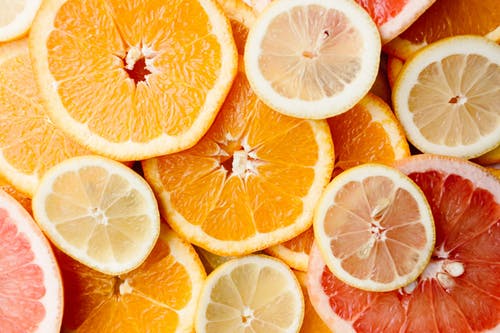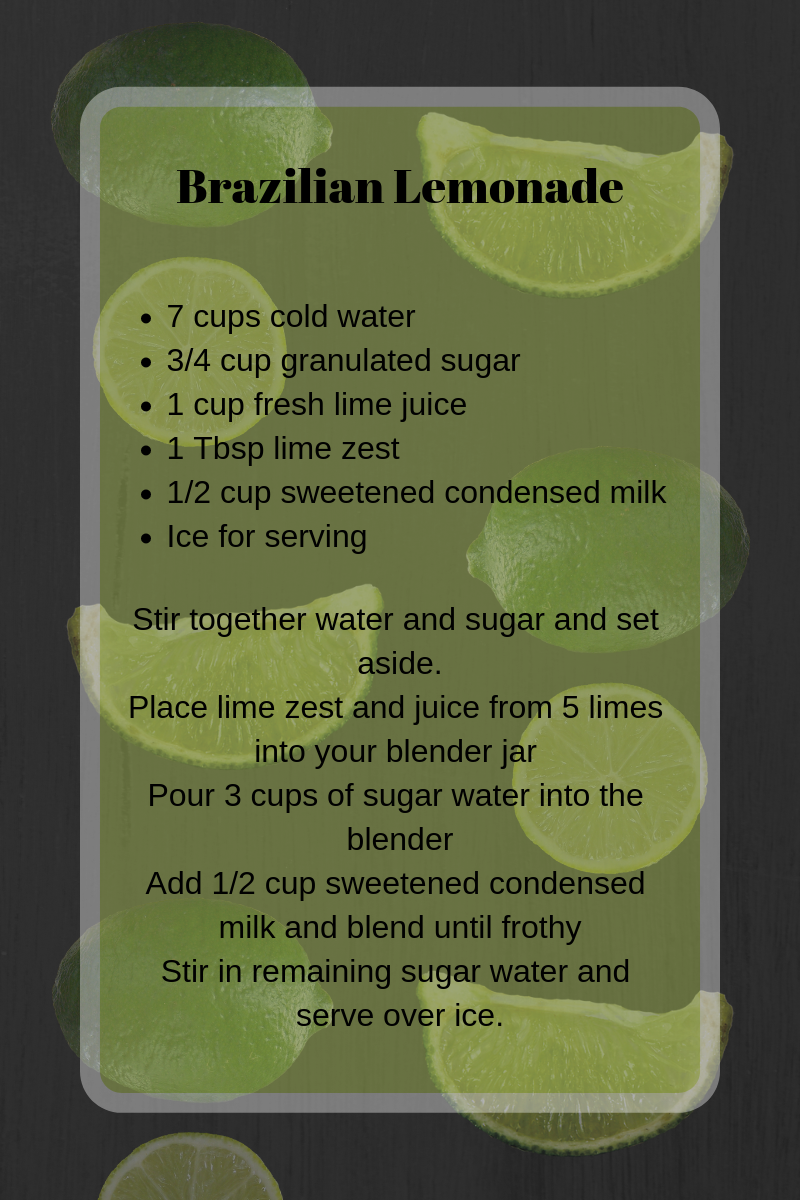By Angela Bates A Recent ASU Nutrition Student
4 Ways One of Arizona’s Top Crops Benefits the Body
In 1889, William J. Murphy planted an experimental citrus grove along the newly completed Arizona Canal. At this time in history, it was known that citrus could prevent scurvy, so the miners in Arizona were seeking the fruits to keep the disease away. To Arizona’s advantage, the citrus fruits ripened before California’s crops, making them available first. At its peak in the 1970s, citrus farming covered 80,000 acres of the state, but urban development has cut that to the modern day 20,000 acres. Arizona is one of only four states that produce citrus in the United States, but that’s not the only reason this food is important. It can be a lifesaver.

The benefits of citrus became apparent in the 17th century, but it was a mystery as to why it was so effective at preventing or curing disease. Sailors sent out to sea for months at a time died of scurvy or came back weak and could not recover. Through dosing of citrus fruits, James Lind, a Scottish naval surgeon, was able to turn around the fate of sailors. Over the next 200 years, scientists discovered vitamin C and found it was the factor preventing collagen breakdown in humans. There are numerous benefits to citrus fruits beyond preventing scurvy and i citrus season in Arizona is a special time.
- Major Antioxidant Activity:
Vitamin C, Carotenoids beta-carotene, lycopene, lutein, polyphenols, terpenes, and flavonoids, among other phytochemical antioxidants are found in citrus fruits. These antioxidants not only boost the immune system, they also may protect the body from cancer, heart disease, infection, memory issues, arthritis, diabetes, and more. According to Dr. Katrine Baghurst of Commonwealth Scientific and Industrial Research Organization in Australia, numerous studies seem to support these claims.
Vitamin C plays a key role in the formation of collagen, which is the main component of connective tissue in the body. Without adequate collagen synthesis, the gums cannot hold teeth, blood vessels and bones weaken, tendons and ligaments tear easily, and wounds are slow to heal. Vitamin C can prevent anemia due to its ability to aid in iron absorption. A single medium orange can supply approximately 85 percent of your daily C!
- Dietary Fiber Supply:
You are most likely already familiar with the importance of dietary fiber, but did you know that citrus fruits contain pectin? Pectin is a non-starch polysaccharide, a type of carbohydrate, and a fantastic form of fiber. Other than preventing colon cancer, pectin holds nutrients in a gel in the stomach to slow digestion and absorption. This helps you feel full longer, process glucose slower to prevent blood sugar spikes, and absorb nutrients better. Dietary fiber is also known to affect blood cholesterol levels, which may prevent heart disease. According to the United States National Academy of Sciences, the average intake of dietary fiber is only 15 grams, but a medium orange can provide 3 grams alone, so consider adding an orange as a snack or part of a meal to take advantage of pectin.
- Full of Folate:
Any woman who has ever been pregnant can tell you that folate, known as folic acid in its synthetic form, is extremely important during fetal development. Not getting enough folate during pregnancy could result in neural tube (spine and brain) defects in the fetus and preterm birth. It may also prevent congenital heart disease and oral clefts. Getting enough folate can also prevent anemia in a pregnant mother. Folate is important for everyone else as well.
Folate is a B vitamin, so it is water soluble and needs to be consumed daily to keep levels appropriate. Folate deficiency will cause anemia as folate is necessary to produce red blood cells. According to Johns Hopkins, megaloblastic anemia can also occur with folate deficiency, meaning the red blood cells become large, fewer in number, and die faster. Citrus fruits provide a great source of folate. The form of folate is also important as some people with a genetic mutation of the MTHFR enzyme have trouble utilizing “folic acid,” which is the form frequently found in multivitamins and enriched foods. James A. Greenberg of Harvard Medical School believes that approximately 60 percent of the population has moderate issues with MTHFR and up to 25 percent have very poor folate metabolization. With natural sources of folate, rather than using folic acid, our bodies may better absorb and use this vitamin. Citrus fruits provide anywhere from 17 to 40 micrograms of folate, up to 10 percent of the recommended daily allowance for an adult.
- So Many Minerals:
After exercising or when your calf keeps cramping while you try to sleep, do you normally reach for a sports drink? Most people know that bananas have a lot of potassium, but not many know that oranges are an excellent source as well. One orange contains about 5 percent of your daily potassium, but a glass of orange juice contains more than 10 percent of your potassium. According to the Florida Department of Citrus, potassium deficiency can cause elevated blood pressure, kidney stones, and osteoporosis. In citrus fruits, potassium and citrate together help keep the acid-base balance stable in the body and may prevent kidney stones. Most Americans do not get enough potassium, but citrus can help you change that.
In addition to potassium, citrus fruits contain calcium, iron, magnesium, phosphorus, zinc, copper, manganese, selenium, and trace amounts of sodium. These minerals all combine to assist in cellular functions in the body. Citrus fruits contain higher levels of minerals than many other common fruits. These minerals, in addition to the high antioxidant levels, help keep your cardiovascular system in great health.
Citrus is one of Arizona’s 5 Cs: citrus, cotton, climate, cattle, and copper. These deliciously sweet and tart fruits are versatile and pack a serious nutritional punch. You may wonder how to best incorporate them into your diet. Although eating the whole fruit is a fantastic way to reap all the benefits, you can add orange sections and garlic to your spinach salad for an Asian inspired vitamin powerhouse. Add whole pieces of citrus to your smoothie for some extra vitamin C and tang. Baked goods like cakes can get a fresh zing from citrus zest and juices, but lemon bars are always a party hit too. If you want to get creative and use pork, which is also in season, why not round it out to full-flavored carnitas and a unique Brazilian “lemonade” to wow your family? Here’s a recipe to get your citrus-filled winter started:

For more articles check out our fill your plate blog. Looking for some fun recipes to make at home? Check out our recipe page.

